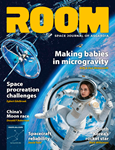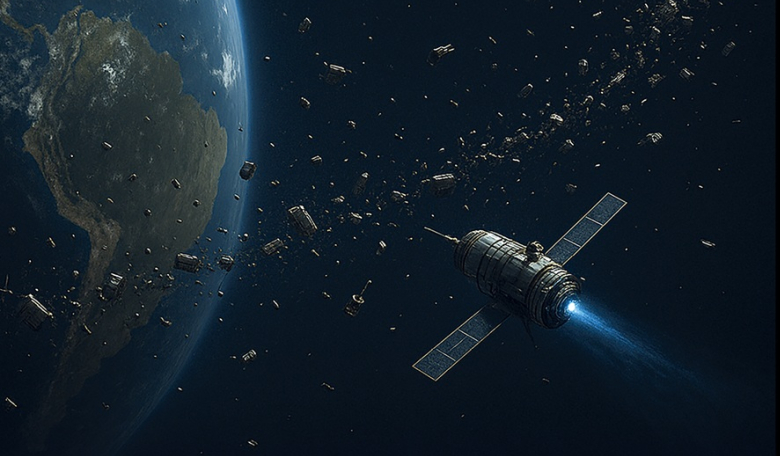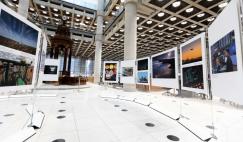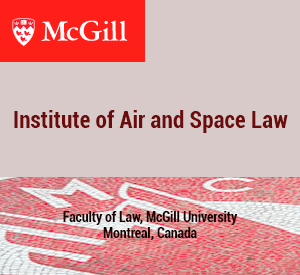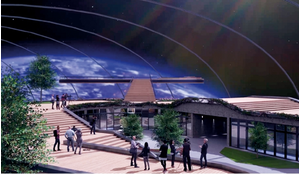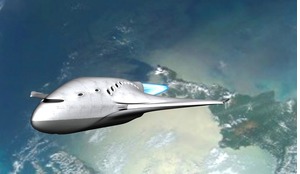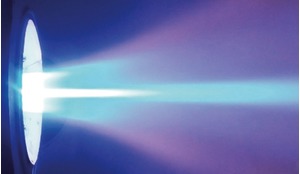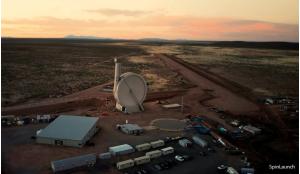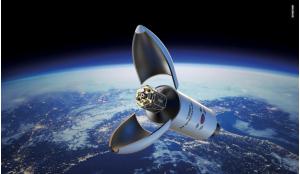As space activity intensifies and orbital highways grow ever more congested, the accumulation of space debris presents a rising threat - not just to operational satellites, but to the long-term sustainability of space exploration itself. With tens of thousands of objects already tracked and countless smaller fragments beyond our monitoring capabilities, the risk of cascading collisions is becoming more than theoretical. Here, Kelvin Long proposes that, rather than continually striving to remove or de-orbit debris, we use the material as a resource.
The potential dangers imposed by the growing population of space debris has been well-covered in ROOM Space Journal. Currently, there are around 36,000 objects larger than 10 cm in low Earth orbit and millions of smaller fragments.
This has resulted in extensive discussions among international bodies, such as the United Nations Office for Outer Space Affairs (UNOOSA) and the Committee for the Peaceful Uses of Outer Space (COPUOS), actively engaged in addressing the challenge of space debris. The emphasis of the discussions is on debris mitigation and minimisation of objects being placed into orbit, to create sustainable space operations whereby any material is returned to Earth within an approximately 25-year timeframe. Addressing the 2024 Management and Sustainability of Outer Space Activities conference in Lisbon, Portugal, the Director of UNOOSA, Aarti Holla-Maini, stated: “Unlike the gradual crisis of climate change the accumulation of space debris could fast surpass our ability to mitigate.”
However, there is another way to think about this problem, which turns it into a potential opportunity. In fact, instead of reducing the mass in orbit, we might consider increasing it to the point where it could be aggregated into an artificial planetary ring - which we might call an ‘Extraterrestrial Skyring’.
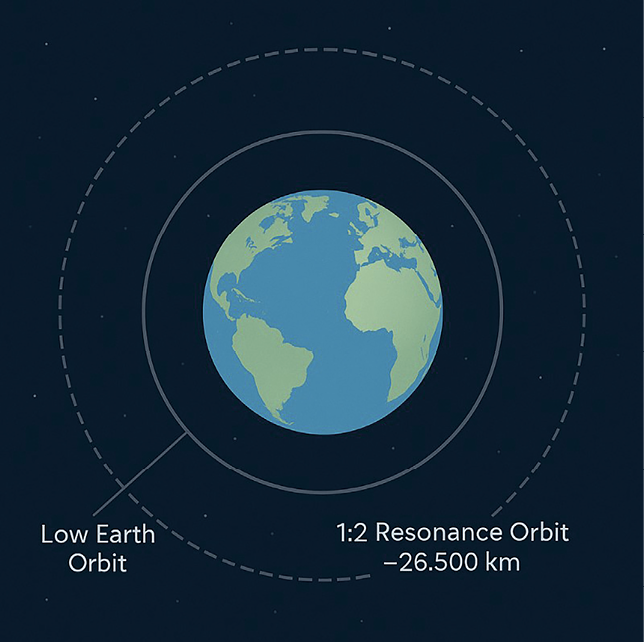 Illustration of 1 to 2 resonance orbit around the Earth.
Illustration of 1 to 2 resonance orbit around the Earth.
Mass considerations
Instead of reducing the mass in orbit, we might consider increasing it to the point where it could be aggregated into an artificial planetary ring
Some of the planets of our solar system have natural rings. Most notable is the planet Saturn, which has an extensive ring system made up of ice particles, rocks and dust. The Voyager 1 mission discovered that Jupiter also has a thin dusty ring and it has since been discovered that Uranus and Neptune also have rings.
The mass of the rings around the planets varies. For Saturn, its most dominant is the B ring at an estimated 1019 kg, while its lightest D ring has a mass of around 1010 kg. For Jupiter, estimates for its ring mass range from 1011 kg to 1013 kg, Uranus 1014-1016 kg and Neptune 1013-1014 kg. On this basis, an artificial ring could be anywhere in the range 108-1016 kg.
Estimates vary for how much matter is currently in Earth orbit, but including space debris and operational satellites, it is in the range 10,000 - 20,000 tons. The Earth itself has a mass of about 1024 kg, so if we based our estimate using the faint ring of Jupiter, we would need at least 15-30 times more mass than is currently in orbit. However, if we based the estimate on the lightest D ring of Saturn, we would need perhaps 5-10 times more mass in orbit before this became viable. A ring extrapolated from the faint Jupiter ring would have a mass of around 314,600 tons and a mass based on the Saturn D ring would have a mass of around 105,000 tons.
Under what timescales could this occur? If we count from the first satellite launch in 1957 to the present day, we have accumulated mass at a rate of 150-300 tons/year, so a Jupiter-scaled ring would be possible in 1000-2100 years and a Saturn scaled D ring would be possible in 300-650 years.
However, this does not consider any acceleration in the amount of artificial material placed into orbit and if the volume increases (as it should since the cost to orbit is reducing thanks to the efforts of SpaceX), then such an artificial ring may be possible much earlier. This is especially the case if it is deliberately engineered.
Position
Natural rings are formed when the debris material exists inside the so-called ‘Roche limit’, where it is not possible for the material to clump together sufficiently to make a moon. If any material gets within the Roche limit, the differential gravitational pull on its near and far sides dominates its own self-gravity, preventing it from remaining as a single object and it splits apart into fragments. This limit is a function of the planetary radius and the ratio of the densities of the planet and orbiting material to the power of one third.
The orbit will need some level of active management, perhaps by shepherd robots, to maintain the separation distance between each discrete object
Any material around the Earth inside the Roche limit will remain as dispersed material, but if it is outside the limit it will tend to clump. If we assume that space debris is comprised mainly of metal alloys with a mean density of 5000 kg/m3 (and assume an Earth density of 5500 kg/m3), the Roche limit will be located at somewhat less than 10,000 km or approximately 1.1 - 1.5 Earth radii. Below this altitude debris will gather into an orbit but not aggregate into clumps, while above this altitude material may want to clump into larger masses.
A good orbital position for the ring may therefore be between 800 km and 2500 km, which is sufficiently high to avoid orbiting space stations like the International Space Station (ISS) but below the Roche limit. Since it is high, the natural decay time of any debris will be measured in terms of decades for 800 km and 500-1500 years for 2500 km.
However, another solution would be to aim to construct a planetary ring outside the Roche limit, at an altitude where there are few operational satellites. A good location for this might be one of the orbital ‘resonance gaps’, which would provide a form of safe parking orbit where space debris can be transported. The one we are all familiar with is geostationary orbit (GEO), a 1:1 resonance at an altitude of 35,786 km, but this is widely used for active satellite missions. Another resonance we might consider is the 1:3 resonance at 20,200 km, but many GPS constellation satellites are located here, so it would also not be the optimum location.
Perhaps we might consider the location of the 1:2 resonance orbit at an altitude of around 26,500 km, which means an object here will complete two orbits for every rotation of the planet. Since it is a less populated space it may make a good location for the construction of an artificial debris ring, and because the atmospheric drag at this altitude is effectively zero any orbital decay of an object would be very slow.
However, any objects in this orbit would still be subject to solar radiation pressure (especially for objects with a high area-to-mass ratio) and electromagnetic forces from charged structures which can cause perturbation in orbital stability. If the orbit were to become highly elliptical there is a risk that the perigee would be too close to any high drag regions of the extended atmosphere, so maintaining the orbital ellipticity would be important.
Once sufficient material had been aggregated at each point, it might be possible to begin to construct an artificial liveable habitat
In this resonance orbit, since it is well outside the Roche sphere, gravitational tidal forces from the Earth will be too weak to prevent aggregation of the individual masses into clumps.
This means that the orbit will need some level of active management, perhaps by shepherd robots, to maintain the separation distance between each discrete object. If robotic shepherding probes are not in place to maintain the structure, then inelastic collisions between the various parts will lead to them slowing down and clumping together to form the equivalent of mini moons, although this would occur over a very long time.
The collision timescale for an object in a ring is approximately in inverse proportion to the number density of objects per unit volume, the collisional cross-sectional area and the relative velocity. Assuming 100 separate pieces at the 1:2 resonance orbit of 26,500 km with a ring that was 100 km wide by 10 km thick, the number density would be one half of one million objects per cubic kilometre. If we assume an average radius per object of around 3 m and a relative velocity of 10 m/s, we end up with a collision timescale of order 23,500 years.
Ideally, for objects to clump safely the relative velocity between them should be reduced to less than 1 m/s and this can be achieved by damping the motion of each object using shepherding robotic drones. This is because the collision timescale is inversely proportional to the relative velocity and slower objects will collide less frequently.
Also, higher relative velocity objects will collide with significant damage and cause further debris, so maintaining a low relative motion may be key. However, the collision time is also dependent on how many objects there are, so going from 100 objects to 1000 objects would reduce the collision time to 2300 years, which is a factor of ten difference. Therefore, maintaining a low number of objects per unit volume of the ring will also be important and suggests a more spaced-out ring, rather than a thin compacted one. The contrast between the two different types of ring situations is illustrated in Table 1. Figure 1 shows further calculations for the collision time, based on the number of objects in the orbit.
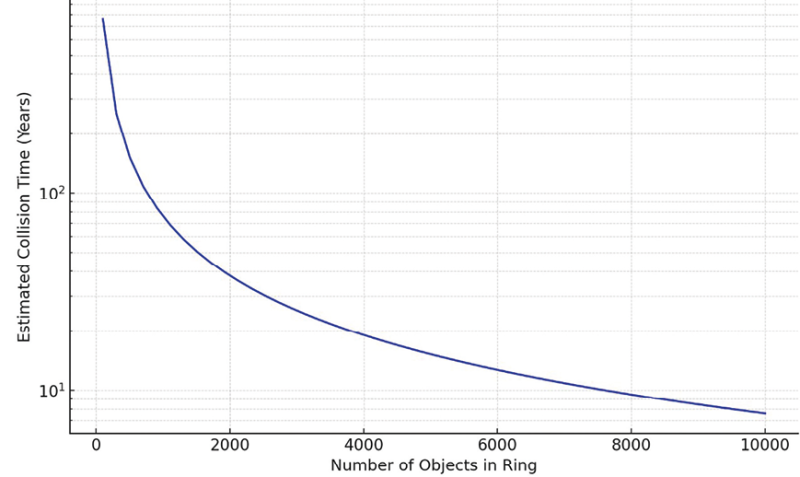 Figure 1. Calculations for the collision time assuming 1 m/s relative velocity and 10 m2 cross sectional area per object aggregated around 24 discrete node point.
Figure 1. Calculations for the collision time assuming 1 m/s relative velocity and 10 m2 cross sectional area per object aggregated around 24 discrete node point.
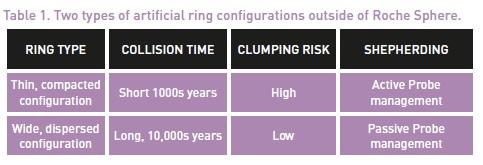
As a result, the main idea would be to capture existing space debris and non-operational satellites and move them into this higher orbit at the end of life, as a type of graveyard orbit. This will require energy and time, and specialised spacecraft will be needed. Since it could be a fuel-costly exercise, it would be ideal for the spacecraft to rely on solar power as the main energy source for the power and propulsion systems. This implies either the use of solar sails or some form of ion drive powered by solar panels. The spacecraft would be equipped with electromagnetic tethers for capturing and moving satellites or other objects in space.
Issues
There will be many who will react negatively to the idea of an artificial planetary skyring, the potential objections including violation of space debris mitigation guidelines, ownership and liability issues and responsibility for hardware. There may also be concerns over the military weaponisation of the debris ring, which has the potential to be repurposed into the source of kinetic weapon materials.
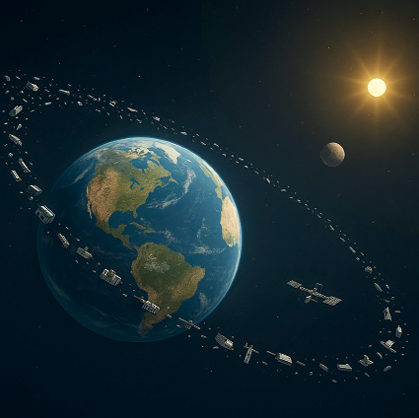 Illustration of 1 to 2 resonance orbit around the Earth.
Illustration of 1 to 2 resonance orbit around the Earth.
 In a grander vision of an Extraterrestrial Skyring, it might be possible to construct an artificial liveable habitat along the ring as a form of orbiting space station where each node is connected by smaller material.
In a grander vision of an Extraterrestrial Skyring, it might be possible to construct an artificial liveable habitat along the ring as a form of orbiting space station where each node is connected by smaller material.
There is also the risk of unintended collisions between objects in the ring, sparking off a chain reaction cascade, which is why it would need to be managed. And there is the possibility that gravitational perturbations from the Moon and Sun, and solar radiation pressure, could destabilise the orbits of the individual objects over time. For this reason, any shepherding by spacecraft would have to be an active and ongoing operation.
In the longer term, if the ring became too large, there is the remote possibility of it influencing background radio scatter or reflecting sunlight in an unfavourable way. For the parts of the sky that the ring crosses, this might become a nuisance for astronomers on the ground attempting to observe distant stars.
Yet, in the same way we have become accustomed to the ever-present Milky Way in our night sky, we would become used to seeing an orbital ring of satellites moving in an elliptical path over our heads, and by then we are likely to have astronomical observatories on the Moon for deep space surveys anyway.
The ISS is due to be decommissioned by 2030, but instead of allowing it to fall back to Earth we could raise it to a higher orbit
Since the ring is outside the Roche limit, in the future we might allow for some degree of clumping, and there may be an advantage towards facilitating this. In 1945, Arthur C Clarke wrote his famous article in Wireless World where he discussed the idea of spacing three satellites 120 degrees apart along a geostationary orbit to provide global coverage of the Earth’s surface, except for the polar regions. This helped to create the communications satellite age. In the case of an Extraterrestrial Skyring, if the clumping was well managed, but in a 1:2 resonance orbit at 26,500 km, it could be possible to actively encourage clumping around several points around the Earth. For an approximately 12-hour sidereal period we would need perhaps 18 - 24 satellite clumping points (nodes).
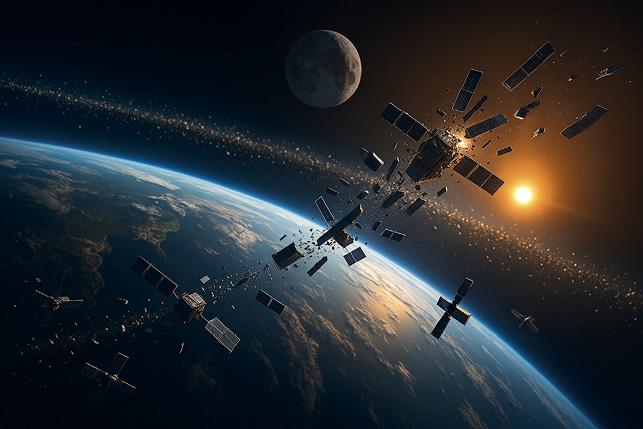 Active and ongoing shepherding by shepherd probes would be required to manage the risk of unintended collisions between objects in the ring.
Active and ongoing shepherding by shepherd probes would be required to manage the risk of unintended collisions between objects in the ring.
Finally, we might consider a much grander vision of an artificial planetary ring, which does move us into the dreams of science fiction. Once sufficient material had been aggregated at each point, it might be possible to begin to construct an artificial liveable habitat along this ring as a form of orbiting space station where each node is connected by smaller material. It could even be formed from some of the raw material within the ring and around it as orbital recycling yards. This would lead to the formation of a habitable megastructure ring as pieces are linked together, like the construction depicted in Larry Niven’s Ringworld. The ring could then become the foundation of a space-based economy, moving resources, shielding Earth orbiting satellites and perhaps collecting and beaming power from space to Earth.
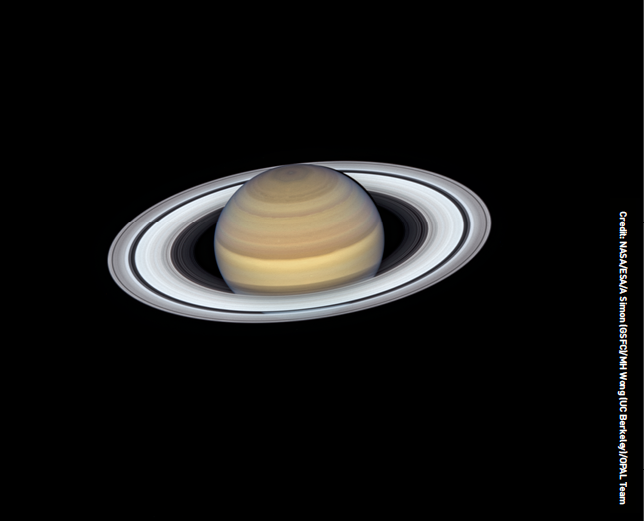 Saturn has an extensive ring system made up of ice particles, rocks and dust. A ring constructed around Earth could address the problem of space debris and become the foundation of a space-based economy, moving resources, shielding Earth orbiting satellites and perhaps collecting and beaming power from space to Earth.
Saturn has an extensive ring system made up of ice particles, rocks and dust. A ring constructed around Earth could address the problem of space debris and become the foundation of a space-based economy, moving resources, shielding Earth orbiting satellites and perhaps collecting and beaming power from space to Earth.
Options
The issue of space debris is a real one, but most of the ideas currently being discussed relate to the removal of mass from Earth orbit as a problem in waste management. The ideas discussed here invert the problem to create an opportunity for resource conservation.
If we are to take the idea of an Extraterrestrial Skyring around Earth seriously, we have two options in how to approach it. The first is to construct a ring inside the Roche sphere, which will prevent clumping of the aggregate matter through passive stabilisation; however, it is closer to orbiting operational satellites. The second is to construct a ring outside the Roche sphere and accept the tendency towards clumping; this would require a high level of robotic management but would open the opportunity to construct a more grander space architecture.
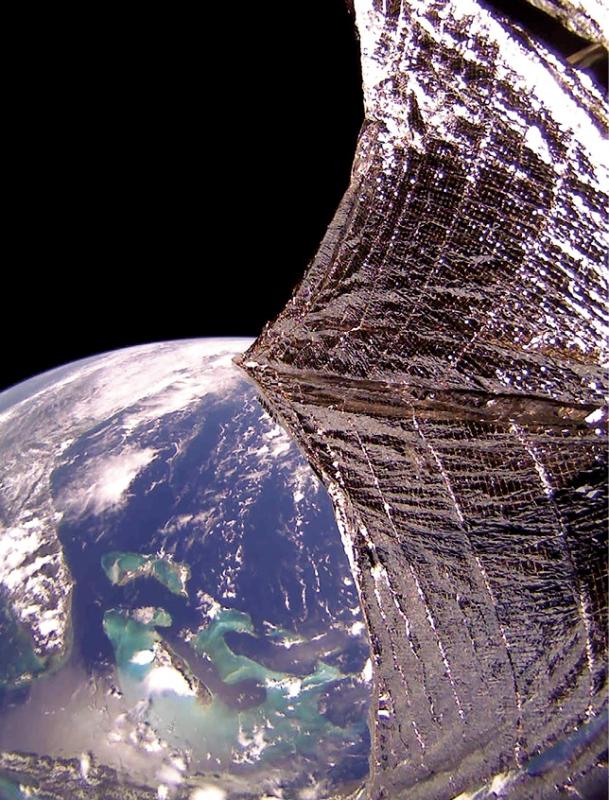 Solar sails could be used to lift objects to a higher graveyard orbit. This image showing the waters of the Bahamas as well as Cuba, Florida, and the US eastern seaboard was captured by LightSail 2 on 16 August 2020. The 32 m2 solar sail spacecraft used sunlight alone to change its orbit around Earth. The mission was continuously active from June 2019 to November 2022 and was intended to enable and support future solar sailing missions.
Solar sails could be used to lift objects to a higher graveyard orbit. This image showing the waters of the Bahamas as well as Cuba, Florida, and the US eastern seaboard was captured by LightSail 2 on 16 August 2020. The 32 m2 solar sail spacecraft used sunlight alone to change its orbit around Earth. The mission was continuously active from June 2019 to November 2022 and was intended to enable and support future solar sailing missions.
There is a clear way to begin this process today. The ISS is due to be decommissioned by 2030, but instead of allowing it to fall back to Earth we could raise it to a higher orbit and its 450 tonnes of mass could become the first clumping node of a planetary ring.
The author acknowledges the significant engineering challenges involved in this proposal, but if humanity is to face the future in space with optimism and courage, then it is visionary ideas like this that will open a future of possibilities yet to be realised. Since humankind created the problem of space debris in the first place, it is within our capacity to develop solutions. An Extraterrestrial Skyring would represent human ingenuity at its best.
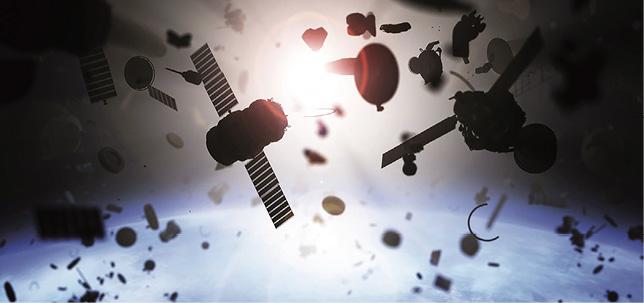 There are around 36,000 objects larger than 10 cm in low Earth orbit and millions of smaller fragments, posing a dynamic collision risk to operational satellites and other debris.
There are around 36,000 objects larger than 10 cm in low Earth orbit and millions of smaller fragments, posing a dynamic collision risk to operational satellites and other debris.
Finally, this proposal may provide a metaphor for the permanent relationship we are building between the civilization that has emerged on Earth and the space above our heads that we seek to explore. It is a clear signal that we are not just temporary interlopers into orbital spaces, but that we take responsibility for our actions and the future we would like to create as we enter a mutual partnership with the planets and beyond.
About the author
Dr Kelvin F Long is an aerospace engineer, physicist and interstellar studies advocate. He is the founder of the Interstellar Research Centre and serves as Managing Director of Stellar Engines Ltd. With a background in spacecraft systems and astrophysics, his work spans technical innovation, conceptual design and the long-term vision of human expansion into space. Dr Long has published extensively on advanced propulsion, mission architectures and the future of space infrastructure. He is a former Editor of the Journal of the British Interplanetary Society and author of Deep Space Propulsion. Through both scholarship and engineering, he aims to inspire bold thinking about humanity’s role beyond Earth.


